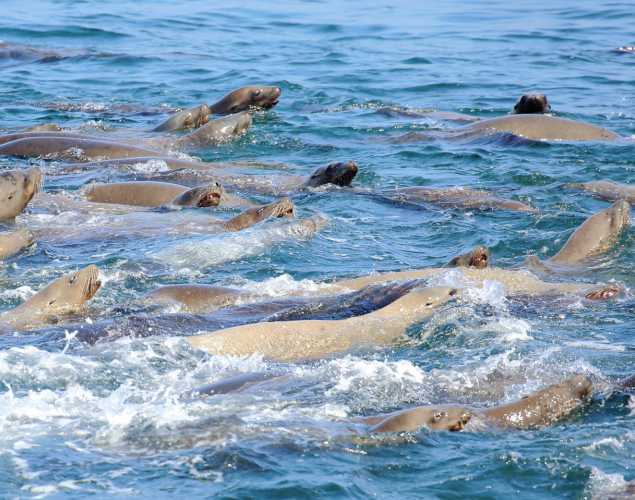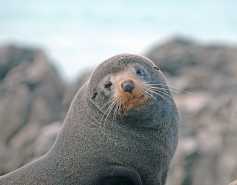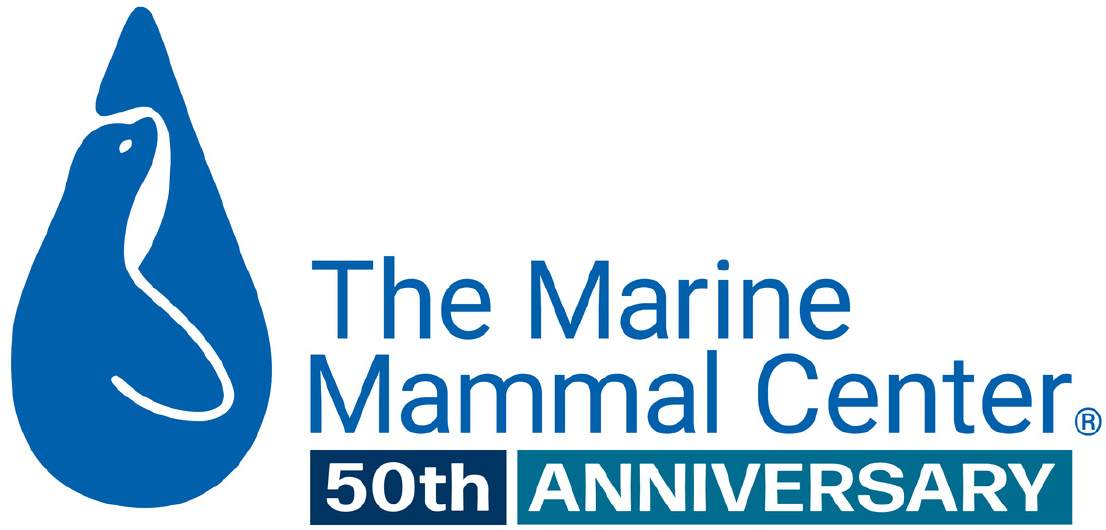
Insights into Viral Evolutionary Pathways and the Spatiotemporal Extent of Viruses
- Infectious disease
Abstract
We used surveillance data collected in California before, concurrent with, and subsequent to an outbreak of highly pathogenic (HP) clade 2.3.4.4 influenza A viruses (IAVs) in 2014-2015 to (i) evaluate IAV prevalence in waterfowl, (ii) assess the evidence for spill-over infections in marine mammals and (iii) genetically characterize low-pathogenic (LP) and HP IAVs to refine inference on the spatiotemporal extent of HP genome constellations and to evaluate possible evolutionary pathways. We screened samples from 1496 waterfowl and 1142 marine mammals collected from April 2014 to August 2015 and detected IAV RNA in 159 samples collected from birds (n=157) and pinnipeds (n=2). HP IAV RNA was identified in three samples originating from American wigeon (Anas americana). Genetic sequence data were generated for a clade 2.3.4.4 HP IAV-positive diagnostic sample and 57 LP IAV isolates. Phylogenetic analyses revealed that the HP IAV was a reassortant H5N8 virus with gene segments closely related to LP IAVs detected in mallards (Anas platyrhynchos) sampled in California and other IAVs detected in wild birds sampled within the Pacific Americas Flyway. In addition, our analysis provided support for common ancestry between LP IAVs recovered from waterfowl sampled in California and gene segments of reassortant HP H5N1 IAVs detected in British Columbia, Canada and Washington, USA. Our investigation provides evidence that waterfowl are likely to have played a role in the evolution of reassortant HP IAVs in the Pacific Americas Flyway during 2014-2015, whereas we did not find support for spill-over infections in potential pinniped hosts.
Ramey, A.M., Hill, N.J., Cline, T., Plancarte, M., De La Cruz, S., Casazza, M.L., Ackerman, J.T., Fleskes, J.P., Vickers, T.W., Reeves, A.W., Gulland, F., Fontaine, C., Prosser, D.J., Runstadler, J. A., Boyce, W.M. 2017. Surveillance for highly pathogenic influenza A viruses in California during 2014-2015 provides insights into viral evolutionary pathways and the spatiotemporal extent of viruses in the Pacific Americas Flyway. Emerging Microbes & Infections 2017(6): e80.
Related Publications
{"image":"\/Animals\/Wild\/Other species\/nz-sea-lion-shutterstock.jpg","alt":"New Zealand sea lion","title":"Causes of Death in Two Populations of New Zealand Sea Lions","link_url":"https:\/\/www.marinemammalcenter.org\/publications\/causes-of-death-in-two-populations-of-new-zealand-sea-lions","label":"Research Paper"}

{"image":"\/Animals\/Patients\/California sea lions\/csl-by-bill-hunnewell-c-the-marine-mammal-center-6.jpg","alt":"California sea lions","title":"Zoonotic Bacteria Persistence and Susceptibility","link_url":"https:\/\/www.marinemammalcenter.org\/publications\/zoonotic-bacteria-persistence-and-susceptibility","label":"Research Paper"}

{"image":"\/Animals\/Patients\/California sea lions\/cropped-images\/csl-photo-by-bill-hunnewell-c-the-marine-mammal-center-1-0-0-2358-1722-1600891644.jpg","alt":"California sea lions","title":"Emerging Viruses in Marine Mammals","link_url":"https:\/\/www.marinemammalcenter.org\/publications\/emerging-viruses-in-marine-mammals","label":"Research Paper"}

{"image":"\/Animals\/Patients\/California sea lions\/csl-photo-by-bill-hunnewell-c-the-marine-mammal-center-12.jpg","alt":"two California sea lions","title":"Multi-Phase Muscle Breakdown in California Sea Lions","link_url":"https:\/\/www.marinemammalcenter.org\/publications\/multi-phase-muscle-breakdown-in-california-sea-lions","label":"Research Paper"}

Recent News
{"image":"\/Animals\/Patients\/Hawaiian monk seals\/2025\/cropped-images\/d-ru28release-exam-at-ke-kai-ola111025photo-by-giancarlo-rulli-c-the-marine-mammal-center-noaa-permit-24359-0-0-1270-992-1764620886.jpg","alt":"","title":"Bird Flu Vaccine Trial Offers Hope for Protecting Hawaiian Monk Seals","link_url":"https:\/\/www.marinemammalcenter.org\/news\/bird-flu-vaccine-trial-may-offer-hope-for-protecting-hawaiian-monk-seals","label":"News Update","date":"2025-12-01 08:13:00"}

Bird Flu Vaccine Trial Offers Hope for Protecting Hawaiian Monk Seals
December 1, 2025
Read More{"image":"\/Animals\/Patients\/Hawaiian monk seals\/2021\/hms-pp08-by-sheila-latta-c-the-marine-mammal-center-noaa-permit-18786.jpg","alt":"Hawaiian monk seal","title":"The New York Times: Inside the Bird-Flu Vaccine Trial for Monk Seals","link_url":"https:\/\/www.marinemammalcenter.org\/news\/the-new-york-times-inside-the-bird-flu-vaccine-trial-for-monk-seals","label":"In the News","date":"2025-12-01 01:00:00"}

The New York Times: Inside the Bird-Flu Vaccine Trial for Monk Seals
December 1, 2025
Read More{"image":"\/Animals\/Wild\/Sea otter\/so-wild-morro-bayphoto-c-brian-simuro-20.jpeg","alt":"Sea otter and pup","title":"Watch a Sea Otter Pup Reunite With Its Mother","link_url":"https:\/\/www.marinemammalcenter.org\/news\/watch-sea-otter-pup-reunite-with-its-mother","label":"News Update","date":"2025-11-14 10:35:41"}

{"image":"\/Animals\/Wild\/Sea otter\/sea-otter-photo-c-brian-simuro.jpeg","alt":"Sea otter","title":"AP News: Baby sea otter is reunited with mother in central California after dramatic rescue","link_url":"https:\/\/www.marinemammalcenter.org\/news\/ap-news-baby-sea-otter-is-reunited-with-mother-in-central-california-after-dramatic-rescue","label":"In the News","date":"2025-11-14 09:46:34"}

AP News: Baby sea otter is reunited with mother in central California after dramatic rescue
November 14, 2025
Read More